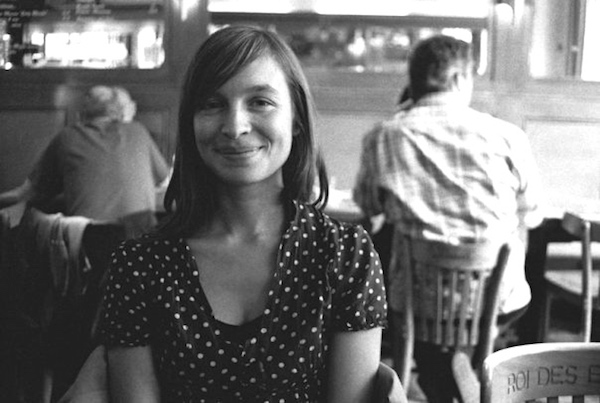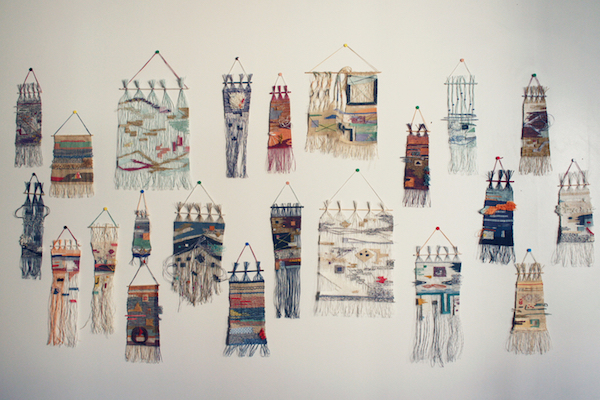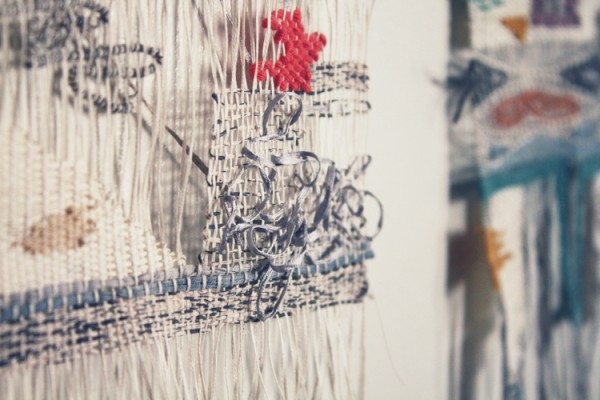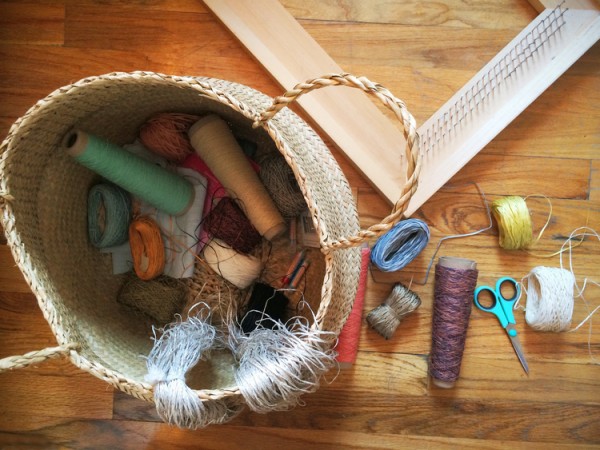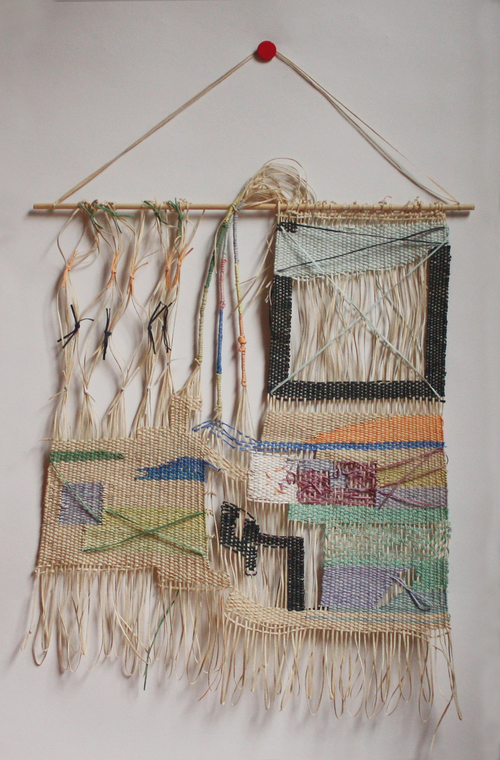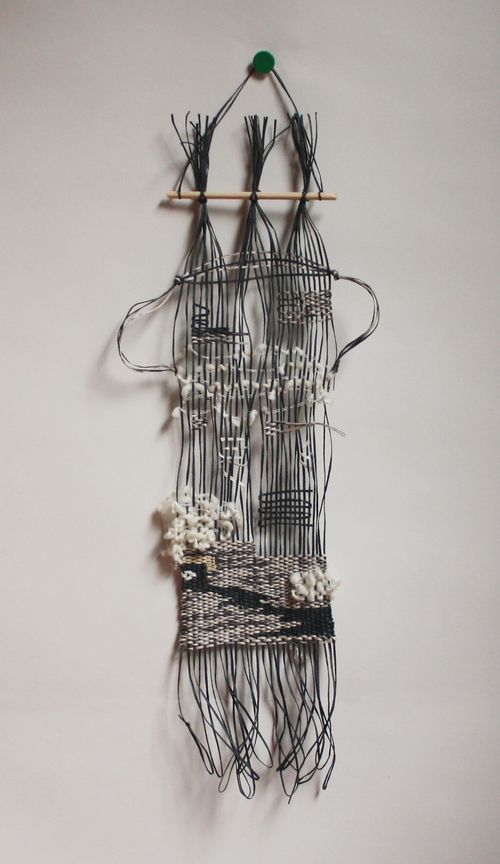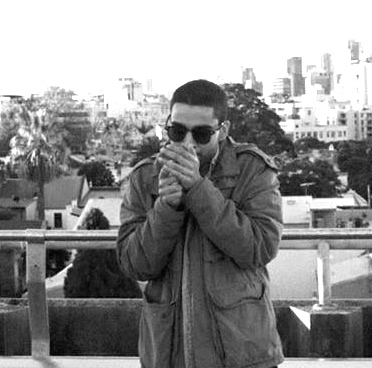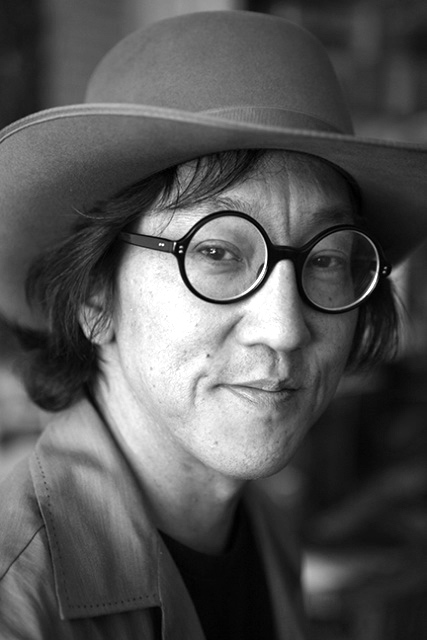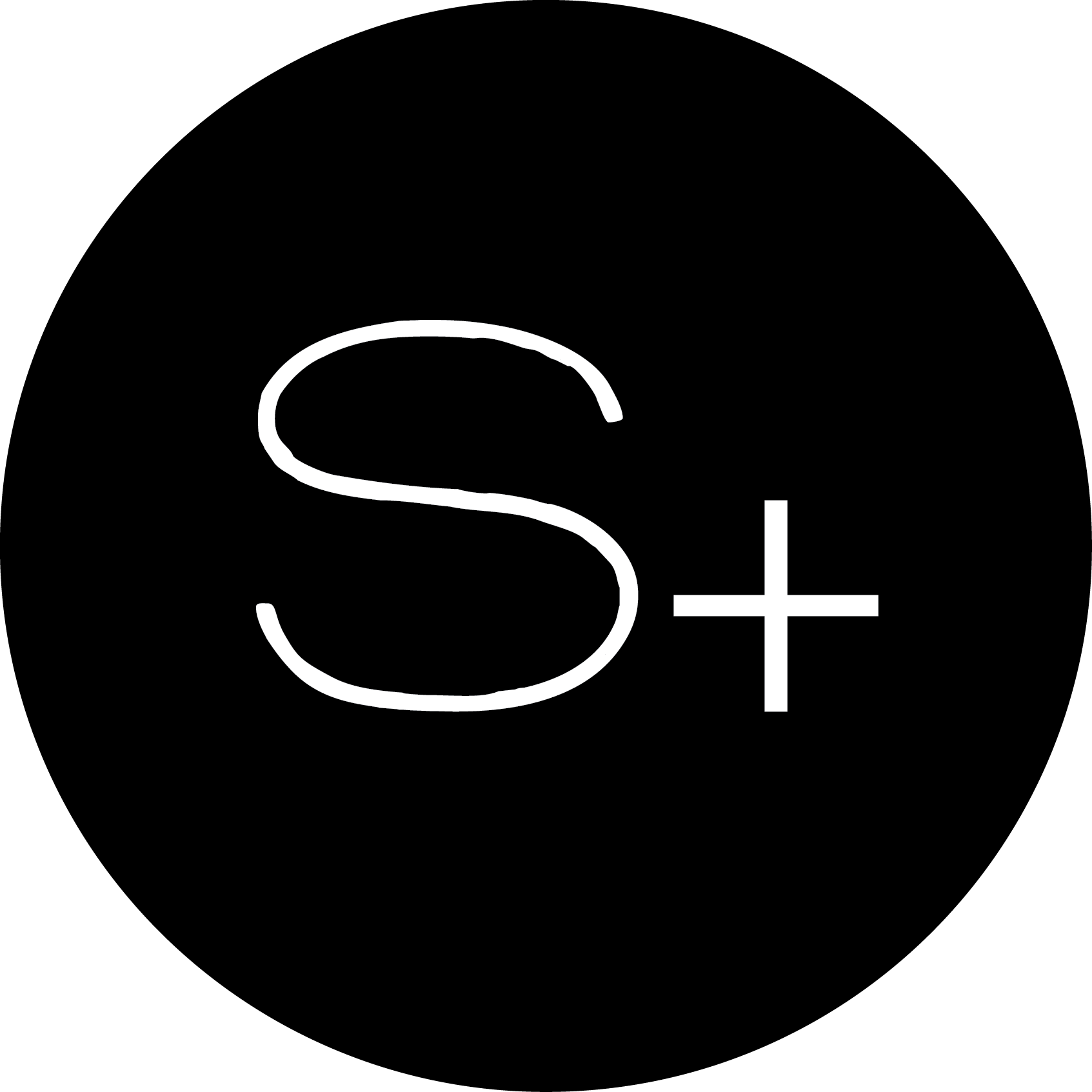AUDREY DUCAS: Warp & Weft
AUDREY DUCAS is a French artist and textile designer. Born and raised in France she moved to New York a decade ago. Her fiber art is inspired by her numerous travels in Asia. When Audrey isn’t weaving or traveling the world she teaches yoga.
Interview by Emeline Loric
Tell us about your childhood. Did you grow up in a creative household?
I grew up in the south of France, in Provence. My household wasn’t particularly creative although I had a grandparent who was a professional musician and another one who up to this date likes to draw. At a very young age, I was particularly fascinated by visual beauty, whether it was in art, decoration, architecture or nature itself without really being able to articulate it. I was quiet and contemplative, drew a lot, was obsessed with making things (jewelry, decorative objects, key chains) and finding ways and techniques to express my ideas, some techniques which I found out later had been existing for a very long time. I was more interested in creating outfits for my dolls than making up stories with them (cars and construction games were much more fun to me).
I remember scraping petals of flowers on my skin, paper or cement to see which color would come out of it and wondered what I called this “magical potion” could be used for. I still find it magical especially now that I understand how it can be used working more and more with naturally died textiles.
It’s quite rare for artists of your generation to work in weaving. How did you come to it and what appeals to you so much about this medium?
Weaving is actually getting more and more popular nowadays. In the age of images, screens and overload of information, it sounds to me like people need to reconnect with hands-on and sense-based activities. Most of what I’m seeing among these weavers shows a specific use of fibers and techniques that almost reflects a trend coming back from the seventies (the pieces are often woven with thick wools, diligently executed according to a specific plan).
For me weaving isn’t a new trend, I’ve always been very drawn to fabrics whether they have an application (home textiles or fashion) or are decorative (tapestries). To me, they more or less subtly stimulate all the senses, the obvious ones being visual and touch, but they also carry smell (whether it’s a fiber itself or a scent) and may also remind us of some sounds. When you caress a soft silk pillow, a slubby wool blanket, or shake a freshly cleaned heavy linen sheet for example, one can easily feel a soft emotional charge to it. There is almost a melancholic quality to textiles which intrigues me.
I have been obsessing over color combinations and materials since I was a child. If I wasn’t hands-on creating things, I was spending a lot of time in books, catalogues and magazines, coming up with imaginary ways a house could be arranged around masses of colors and textures, how an outfit could look like a full expression of yourself, and how your choices can powerfully affect your mood. When I found out in my late teens you can make a career as a textile creative, I didn’t hesitate and studied the subject for about seven years. I went to a highly technical school in Paris and obsessed over all the loom possibilities, strangely finding myself enjoying maths for the first time of my life, calculating how yarns would cross based on their thickness, experimenting with ways a fabric could feel and look.
Weaving is quite a meticulous and repetitive process. Do you find yourself in a meditative state when working?
Definitely! And if I get out of this meditative state I stop the process until I get back to it. I am well aware of being some kind of product of my generation, of everything I’ve learned and seen, and although I can’t be completely neutral in my work I try to step out of my mind hoping to set intellectual concepts and expectations aside as much as possible. I also practice actual mindful meditation. Learning how to place myself as an observer rather than a doer in charge of my thoughts and actions is also applicable to my weaving practice. There is very little I am in control of besides, to some extent, the technique itself. It feels like I am observing the yarns slowly building shapes and patterns I didn’t necessarily decide. I’m an observer who watches with great curiosity the colors and textures coming together, interlacing, overlapping, facilitating the process with my very attentive hands.
It’s all about connections; how I connect to myself first, then the material before it becomes a piece that will be out in the world. I want to see how the thread of the weft connects with the thread of the warp, how the various surfaces and colors within one same piece connect with each other, and hopefully see how people connect to the final piece.
You’ve spoken about the influence that ancient cultures and traditions have on your work. Tell us about this. How do you draw inspiration from them?
I have travelled in many different parts of the world where I’ve been exposed to different textile techniques and resources. I’m amazed to see how each country has its own skill, whether they have access to imported fibers or local materials, the kind of dyes they use and how these parameters influence many ways of thinking and producing. I value modern methods (as long as they are eco-responsible) and traditional ways just as much and consider myself as a mix of it all.
The yarns I use are very thin and refined, mostly coming from Japan, and the way I use them is as varied as, sometimes, unexpected. My pieces are a blend of various tapestry, rug and embroidery techniques which I’ve studied in Europe as well as in much more far reaching places in the world.
All the weavings are improvised, guiding themselves to a specific look as they go. They can however reflect a multitude of inspirations I have gathered and admired in ethnic textiles, ceramics, art in general, especially paintings (for example: Paul Klee, Richard Diebenkorn, Nicolas de Stael, among many others) or simply nature.
The theme of weaving is ancient, and often associated with story-telling. Though your work is abstract, is there a story you’re telling with your fiber art?
I am not trying to tell any specific story when I weave although I truly appreciate narrative textiles. I am trying to let speak an authentic self letting go of any expectation of how the weaving should look like. The end result is actually always a surprise. I am not looking for pleasing aesthetics as to me beauty can also be seen in flaws, in imperfection. When I start a piece, I always have a color palette and some more or less specific patterns and textures in mind and it absolutely never happens the way I thought it would. I often go back in my mind thinking about the very first idea and a part of me nostalgically wishes it had happened the way I thought it would because it would have been in my opinion visually more appealing. It’s a constant back and forth between an unstated desire of making a conventionally “beautiful” piece and allow the piece to speak by itself with the threads guiding me somewhere I wouldn’t have guessed, somewhere less ordinary and maybe less beautiful than I thought but much more interesting, much more expressive.
I am always thrilled to listen to my audience describing what they see, whether the weaving becomes a landscape, a person, sometimes both. They are like little creatures that have a story of their own, that reveals itself under the eyes and level of understanding of the person who observes them. I hope for a piece to awake feelings and have some resonance within without having to guide, filter the experience and explain what it is that should be seen. Every piece is very unique, each one of them says something different, carries a different kind of energy and I myself don’t quite know what it is.
Working with your hands, I imagine you impart a lot of physical energy into your pieces. Do you ever feel that you leave an emotional imprint upon your works?
Yes, there is definitely an emotional imprint in the work. The way I weave is like an improvised drawing on paper. I use only natural yarns (mostly cotton) that I paint by hand before weaving it. The process is delicate, it is a true labor that I luckily enjoy. It requires patience and a lot of attention. Mistakes happen, but I realize afterwards they are usually little hidden gifts that lead me to a more interesting path. Although I try to create from a relatively neutral place, each piece is an expression of something I carry within, with more or less awareness and that gets expressed through colors, patterns and textures.
Do you have any rituals that help your creativity and imagination flourish?
I have a daily yoga practice which really helps me stay centered and allows my creativity to flow more easily. I do breathing exercises (pranayama) which help me release the tensions, quiet my mind in order to express myself with more clarity and above all more honesty. I wish to be as authentic as I can be.
When I don’t work in silence, I often times listen to inspiring audio books or podcasts that talk about creativity and spirituality, my favorites being Design Matters with Debbie Millan, Tara Brach’s talks and guided meditations, On Being with Krista Tippett. The hosts are like old friends that I can focus on as much as I want, listening to them more or less carefully while my meticulous enterprise comes to life.
Published: July 23rd, 2015


